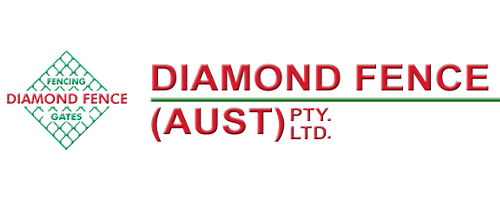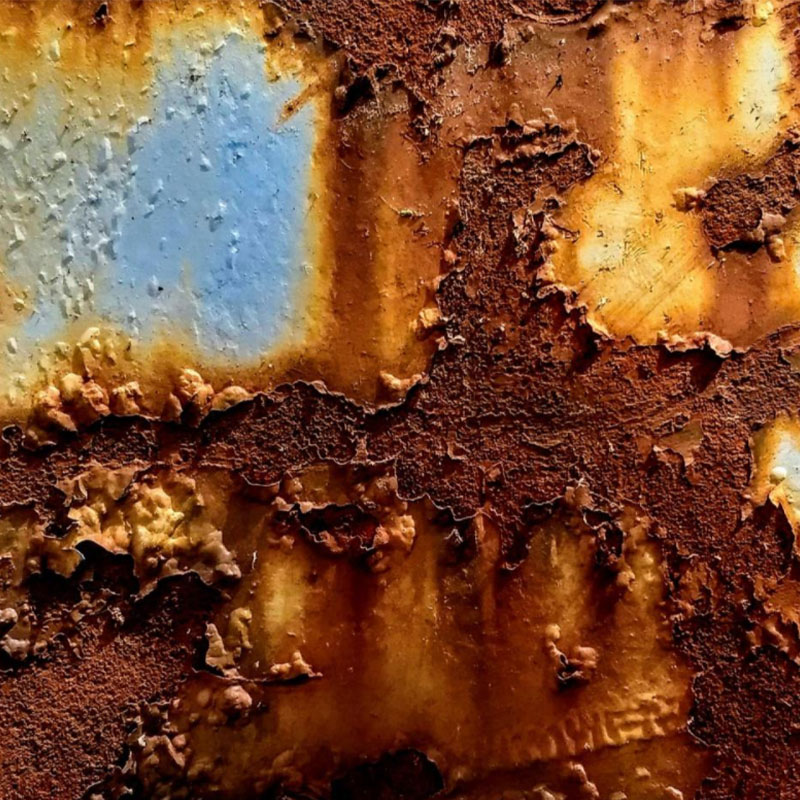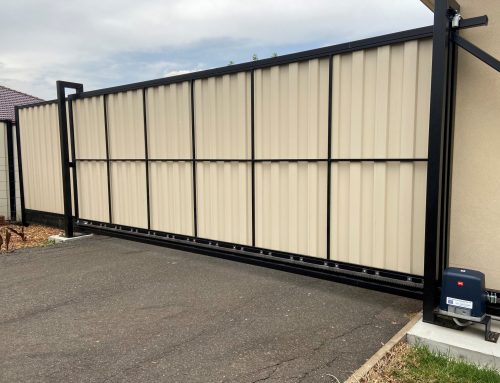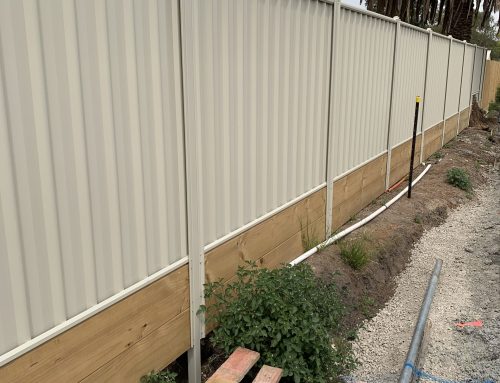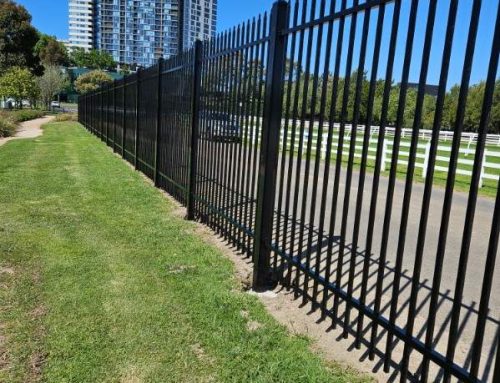When you think about stainless steel, and as the name says it, you assume it is not affected by rust. In other words, you may think it is correct to presume that stainless steel is not affected by corrosion. However, is it correct? Not necessarily. There are circumstances in which stainless steel does rust.
In the following blog post, we will look into when stainless steel can be affected by corrosion, resulting in the damage created by rusting.
Why does stainless steel rust?
Stainless steel is used in many industries, starting from making jewelry and cooking utensils and ending with our favourite – fencing. Just as the name says it, it is supposed to be stainless, in theory. However, you may have noticed some rust on your stainless steel products, and your stainless steel fencing might have been just one of them. How so? Is the name ‘stainless’ steel misleading?
To fully understand why some stainless steel products can have traces of corrosion on them, we need to understand the exact science behind it.
As we may know, corrosion is an electrochemical process that needs the simultaneous presence of moisture and oxygen. Essentially, the iron in the steel is oxidised to produce rust. Also, as we may be aware, in the coastal areas, due to the presence of saltwater, the corrosion is much quicker to take place. Why? Because seawater contains chlorine. Chlorine is corrosive to metals. Yes, stainless steel included. However, it does not mean that for corrosion to take place, corrosion products and the corrosive environment has to be detected.
What is stainless steel made of?
Stainless steel is made of iron, carbon and approximately 12-30% chromium. Chromium is what makes stainless steel rust-resistant. Stainless steel also contains elements like nickel, manganese, titanium, niobium, manganese, etc.
When we have normal steel (not stainless steel) and we expose it to oxygen, it will form ferric oxide (red rust colour). Then the destroying rusting cycle starts. Why? Because the oxide molecules have a larger volume than the underlying iron atoms. What does it mean? It means that ferric oxide does not form continuous layers. The oxide molecules spall off instead. That leaves steel exposed to environmental factors and exposed to rusting.
What about stainless steel? What happens to it when exposed to oxygen? Once exposed to oxygen, chromium oxide is created on the steel’s surface. Chromium has a strong affinity for oxygen. As we discussed before, for normal steel, the ferric oxide layer spalls off. It does not happen with the chromium oxide layer. Thus, it prevents the underlying steel from any further oxidation.
What if stainless steel gets scratched? It does not matter because a new chromium oxide layer will form. Hence, for stainless steel to continue being stainless and untouched by rust, it needs a sufficient amount of chromium to be present.
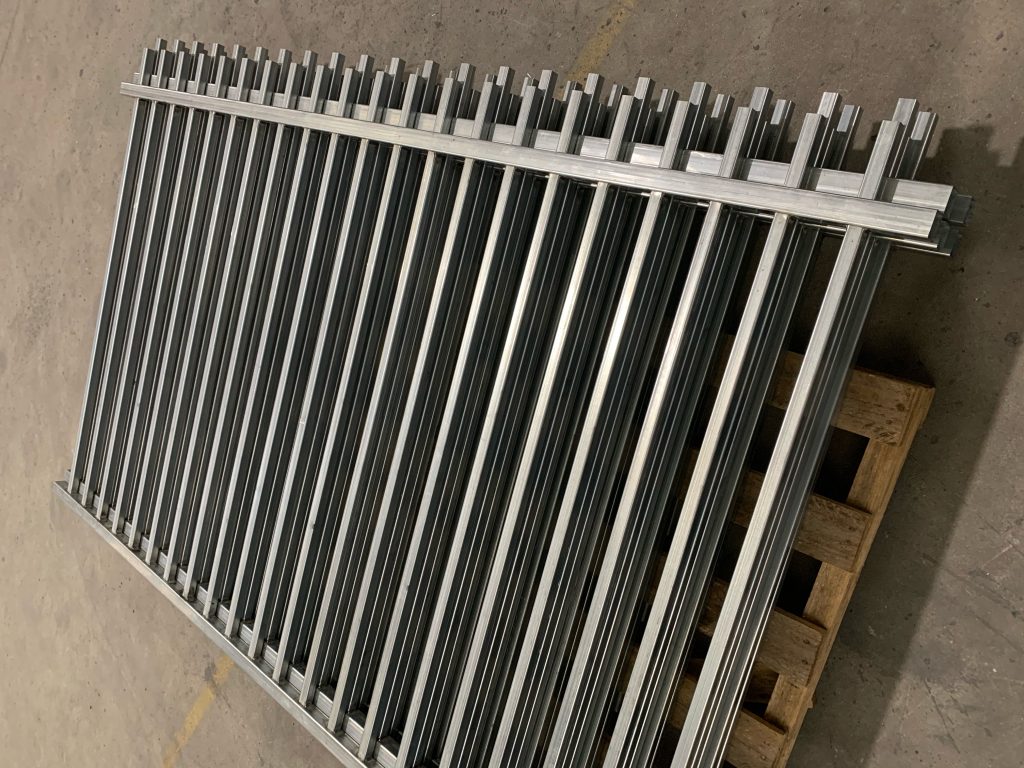
How come traces of rust can be found on stainless steel?
Corrosion takes place due to very tiny particles that are touching the surface of stainless steel. We already know that chromium is what protects stainless steel from corroding. However, we also need to know that in order for chromium to protect the steel, the localized concentration has to be over 12%. When the stainless surface is covered with steel particles, the localized concentration of chromium can drop below 12%. It simply means that the chromium oxide layer cannot perform its protective job as with the higher concentration.
When that happens, how can you fix it? Clean all the existing rust and then remove the small steel particles by cleaning the surface. By removing the tiny steel particles, it will allow the chromium oxide layer to continue protecting the surface from further oxidation.
If you are interested in stainless steel fencing products, turn to Diamond Fence.
Call us on (03) 9753 4566, shoot us an email on info@diamondfence.com.au or get a FREE online quote.
